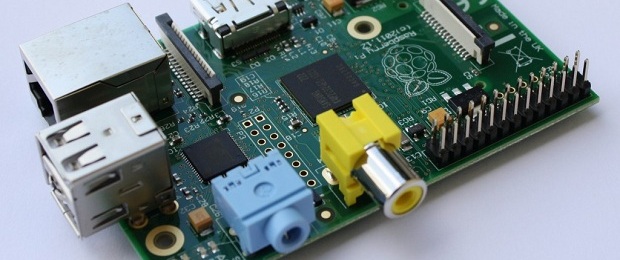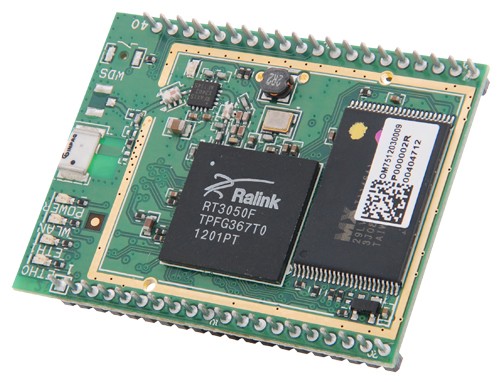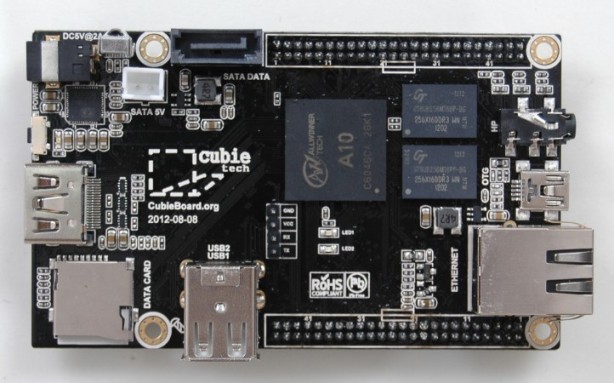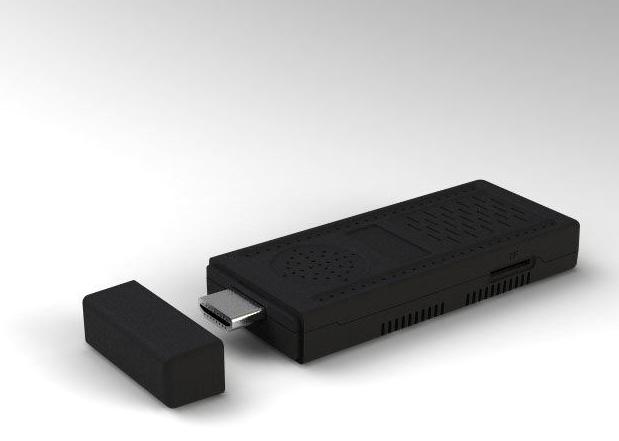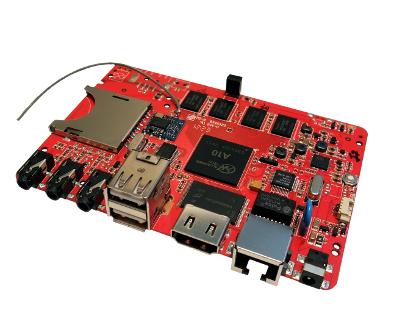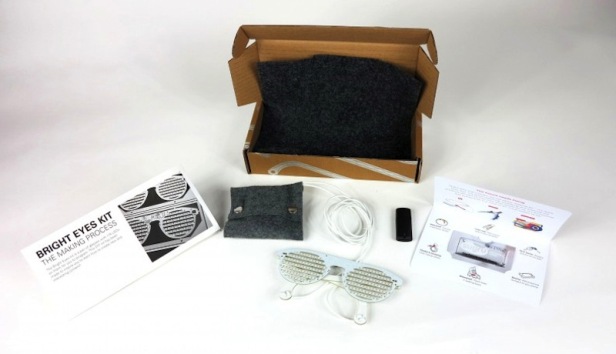The Raspberry Pi Foundation suggested promoting the study of information technology (IT) and converting the learning process into a fun activity especially focused on schools. The culmination of this aim was the device measuring 9x6x2 centimetres that bears the same name and is incredibly versatile for its price of just over 25 euros.
Its low price, combined with how easy it is to check the programming process results –due to the possibility of integrating it with objects– make Raspberry Pi a perfect tool for learning. This is how it stimulates the interest of IT novices. But apart from this device, which is nothing more than a board without any of the dispensable elements of a computer, there are others that offer a similar functionality.
Carambola
The company 8devices is the manufacturer of this small board whose name is the Spanish word for a cannon in billiards. It is tiny, measuring as it does a mere 3.5×4.5 centimetres. Carambola is a low-cost model priced at 22 euros, although if you order packs containing two or more units it costs progressively less. Its functionality is aimed at the field of the Internet of things , as it enables the addition of network connection capacities, be they Wi-Fi or cable, to any other device.
The central functions of Carambola are easily accessible. It couldn’t be simpler, hence its price, which is lower than that of Raspberry Pi. It is a board for incorporating into another more independent device. Its CPU is basic, with 8 MB of Flash memory and 32 MB of RAM. However, it can provide a Wi-Fi connection to a TV set or be connected to the electrical system in order to be controlled via the Web.
Cubieboard
This board has more elements in common with Raspberry Pi and less with Carambola. It is a more complex piece of hardware with an ARM cortex-A8 processor and 512 MB de RAM (although it is also sold with double that amount). Its basic price is 49 dollars. The concept is that of a computer stripped of all the accessories that can be done away with without affecting its basic functioning.
Cubieborad is fitted with an HDMI output, Ethernet, two USB ports and a slot for SD micro cards. It works with Android, Ubuntu and other Linux distributions. In practice this device has the performance of a computer of a few years ago, with the only difference being that it is small enough to fit in the palm of your hand. This makes it perfect for school learning projects. It is also possible to join several modules together to obtain greater power or attach them to other devices.
ALPEN
This may look like a USB memory stick but it is more than that. It is, in fact, a minicomputer comparable to Raspberry Pi or Cuiboard, but intended for a specific use due to its characteristics, namely converting your TV set into a smart device. Its price varies, but it can be had for just over 100 dollars.
ALPEN works with Android 4.0 and is fitted with an ARM Cortex A9 processor, a four-core GPU and 1 GB of RAM. It has Wi-Fi connectivity, meaning that it only has to be connected to the TV set for it to display Google’s operating system and enable the downloading of applications. On-line content can be viewed and locally stored material can be played, due to the USB port enabling the connection of external storage devices.
HackBerry A10
This is the most advanced device of our list. The HackBerry A10 is the star pupil as far as specifications are concerned, with a 1.2 GHz ARM Cortex A8 CPU and 521 MB or 1 GB of RAM. It is fitted with USB ports, audio output, HDMI and other connection modes that make it compatible with any device.
The Android 4.0 operating system also not only allows it to be easily connected to the TV set, but also to complement other devices if and when there is a screen involved that enables the graphic interface from which the commands are sent to the board to be displayed. It costs 65 dollars.
A13-OLinuXino
The A31-OLinuXino board is a device similar to the HackBerry A10, with the main difference being that in this case Linux is the chosen operating system instead of Android. It has a 1 GHz Cortex A8 processor and 512 MB of RAM. Its connectivity is another of its strong points, with several USB ports, audio output and SD card slot. It sells for 55 euros, although it can be had for less when ordering 10 or 50 units.
The similarities with Raspberry Pi mean that this device can also act as a computer if it is connected to peripherals. Likewise, it can deploy Linux on the screen of the TV set and play videos using the standard XBMC. This is an extremely versatile board ideal for running tests and exploring connection possibilities with other electronic devices.
Bright Eyes
These spectacles are not comparable to any of the aforementioned devices, but they do have something in common with them. The Bright Eyes sum up the intention behind all the Raspberry Pi-style boards: to help program technology and arouse the user’s interest, not only in this role, but also in that of creator.
They are equipped with 174 LEDs distributed in 14 horizontal strips. Each and every one of the bulbs are programmable making it possible to create customised visual effects. Some of these are quite interesting, such as scrolling text. This is not exactly wearable computing, but it might well take more than one person’s fancy.
